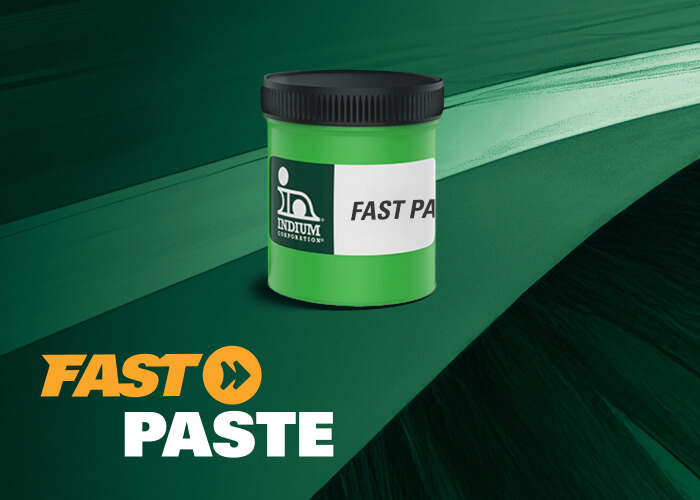We have observedthat the temperature at which two materials are bonded will set the base temperature that any subsequent CTE is measured from. This is called a “zero stress point” because, from this point, stresses and deformation will occur due to CTE mismatch. Instead of setting the most critical stress temperature at a very high temperature (which is needed to melt the solder alloy in traditional bonding), it is much more useful to set the zero stress point at a strategic temperature somewhere between storage and operational temperature. This can be accomplished by NanoBonding® at the zero stress point temperature.
“The variable stress point can be used to provide low stress conditions during the operational sputtering temperature by setting the zero stress point at or near the operational temperature. The ideal setting for a zero stress point may be half way between room temperature and operational temperature, as the stress and curvature at operational temperature will be only half of the traditional bonding method. In addition, the target assembly will have equal (but opposite) stresses during storage.”



